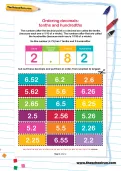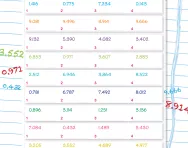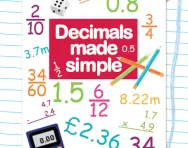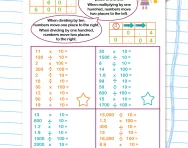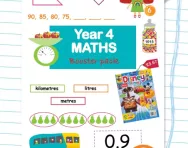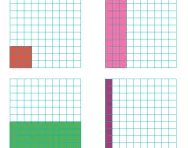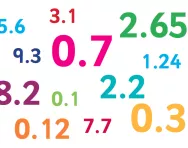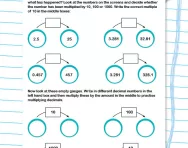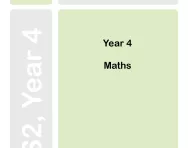TheSchoolRun.com closure date
As we informed you a few months ago, TheSchoolRun has had to make the difficult decision to close due to financial pressures and the company has now ceased trading. We had hoped to keep our content available through a partnership with another educational provider, but this provider has since withdrawn from the agreement.
As a result, we now have to permanently close TheSchoolRun.com. However, to give subscribers time to download any content they’d like to keep, we will keep the website open until 31st July 2025. After this date, the site will be taken down and there will be no further access to any resources. We strongly encourage you to download and save any resources you think you may want to use in the future.
In particular, we suggest downloading:
- Learning packs
- All the worksheets from the 11+ programme, if you are following this with your child
- Complete Learning Journey programmes (the packs below include all 40 worksheets for each programme)
You should already have received 16 primary school eBooks (worth £108.84) to download and keep. If you haven’t received these, please contact us at [email protected] before 31st July 2025, and we will send them to you.
We are very sorry that there is no way to continue offering access to resources and sincerely apologise for the inconvenience caused.
Ordering decimals: tenths and hundredths
How do you order decimals?
Ordering decimals involves arranging decimal numbers from least to greatest, or from greatest to least. To do this, you can follow these steps:
- Look at the whole numbers: If the whole number part of the decimals is different, start by comparing these whole numbers. The decimal with the larger whole number is greater.
- If whole numbers are the same: Look at the decimal parts. Begin by comparing the digit in the tenths place, then the hundredths place, and so on.
- Add leading zeros: If one decimal has more decimal places than the other, add zeros to the shorter one so that they have the same number of decimal places. This helps in making a direct comparison.
- Compare digit by digit: Compare the digits in each corresponding place value. Start from the left and move to the right. The first digit where the decimals differ determines their order.
How will this worksheet help your child order decimals?
This colourful teacher-created worksheet helps your child learn how to recognise the value of decimal numbers and order them from smallest to largest. It provides a brief but clear explanation of what tenths and hundredths are and how to identify them, then asks your child to cut out the decimal numbers and place them in order. They can have as many goes as they like, moving the numbers around until they feel confident that they understand why one is smaller than the other.
TheSchoolRun.com has plenty of helpful advice and information about decimals, as well as tutorials and worksheets.
